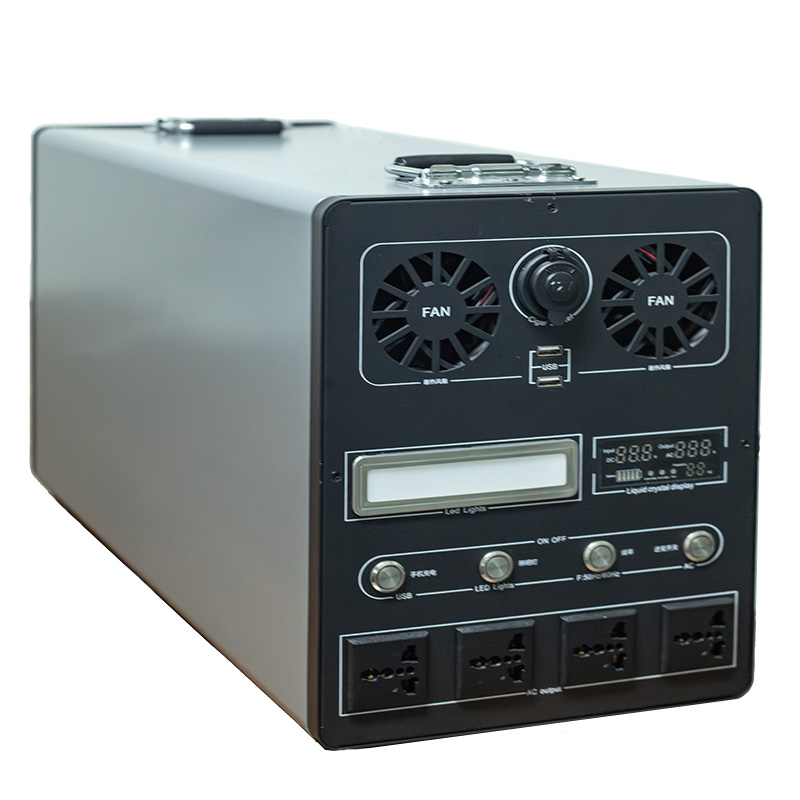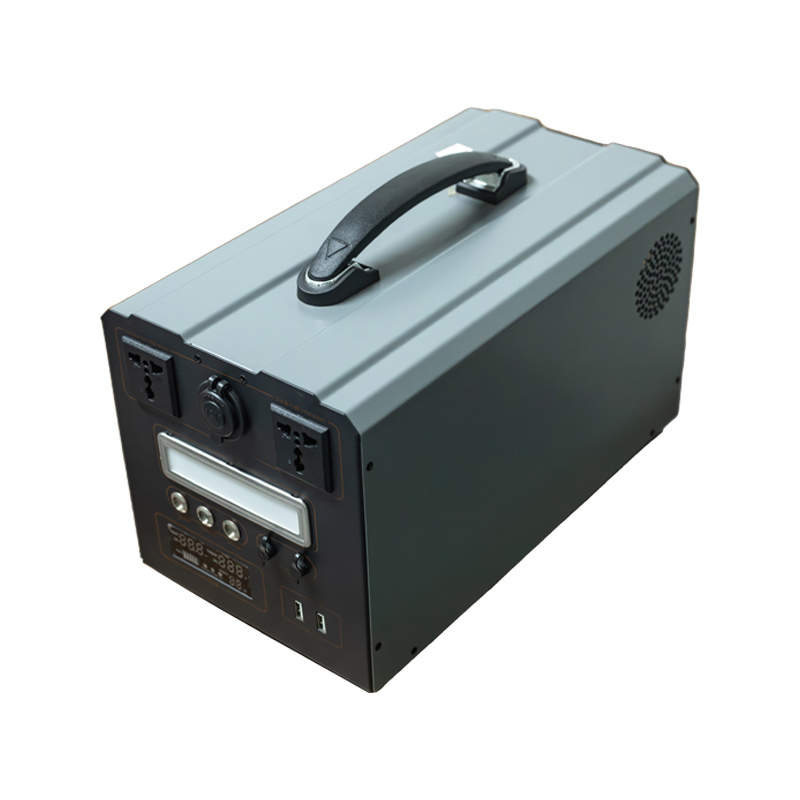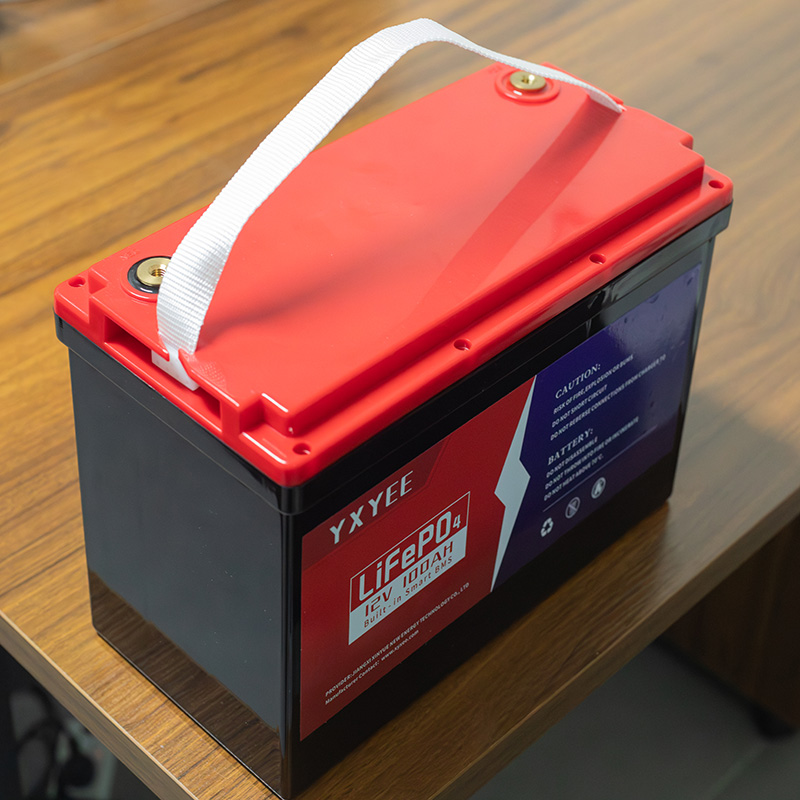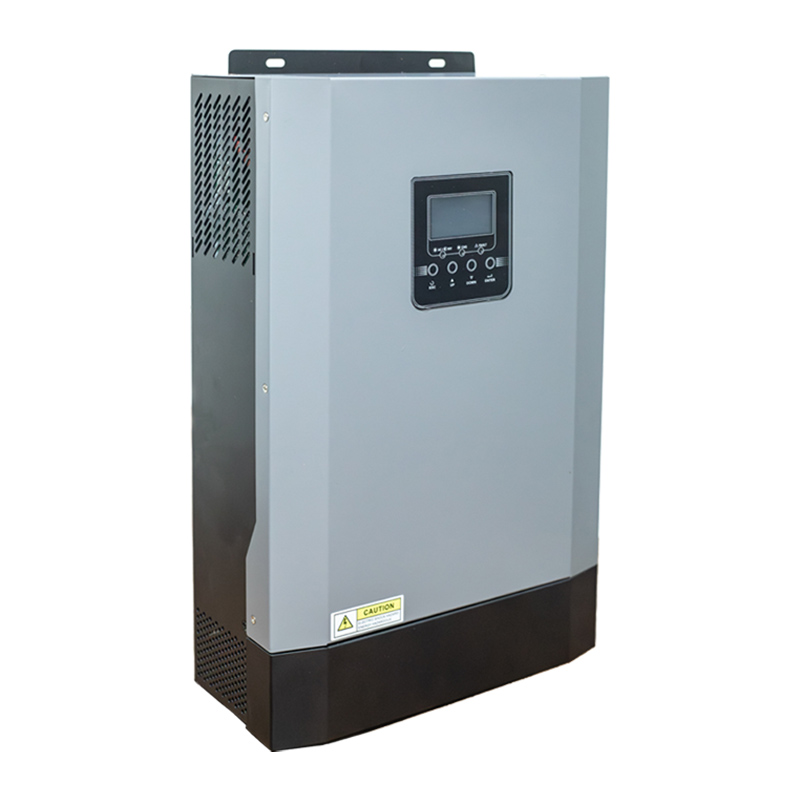Single shaft shredder
It is mainly used in waste derived fuel (RDF) (domestic waste, industrial waste, waste wood, waste paper, waste tires, waste plastics, carpets and textiles; product / document safety damage (tearing up documents, unqualified products or out of season products, drugs, etc.); Waste disposal (medical waste, radioactive materials, organic waste, paper fiber, etc.).












Add a review
Your email address will not be published. Required fields are marked *